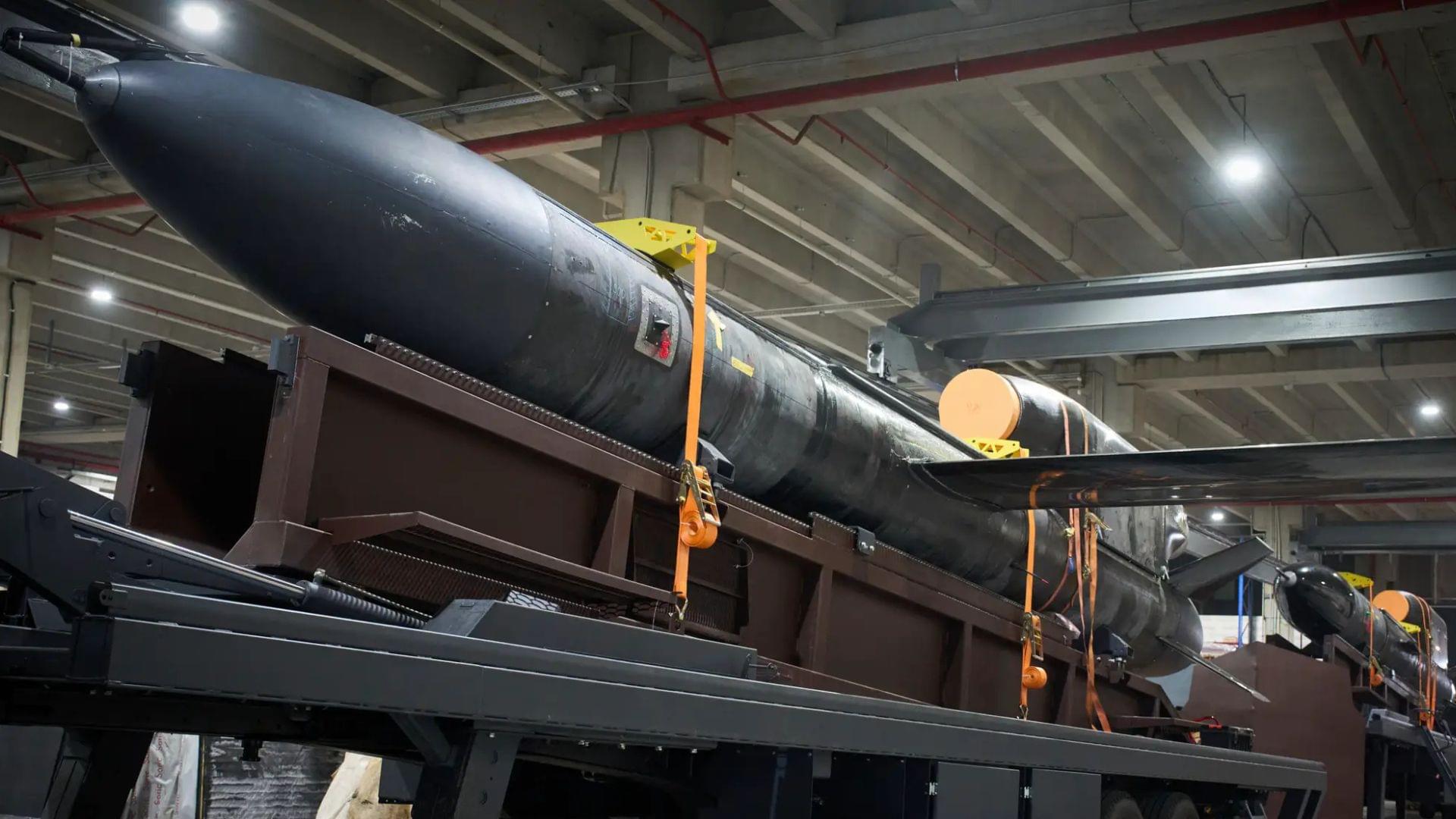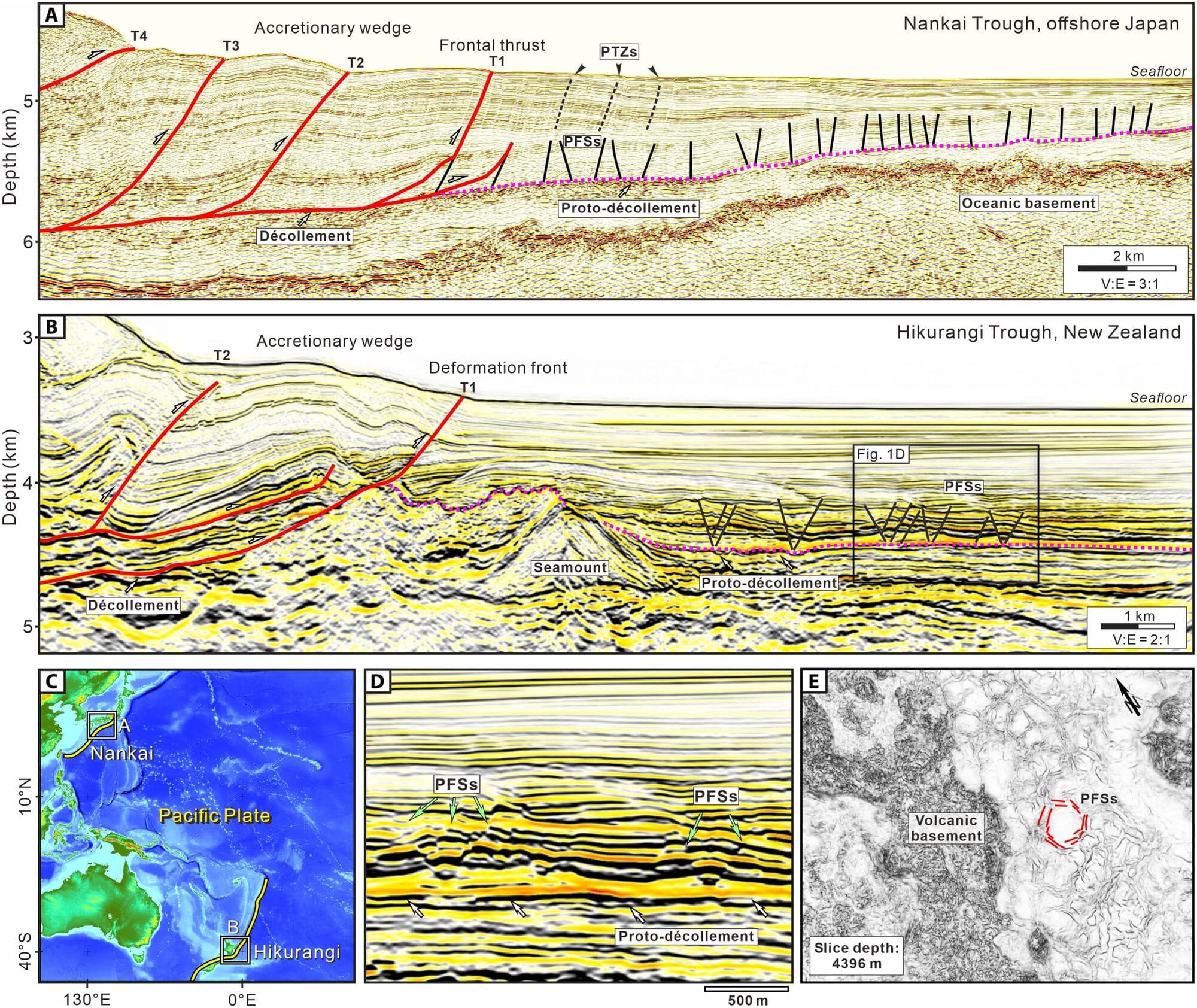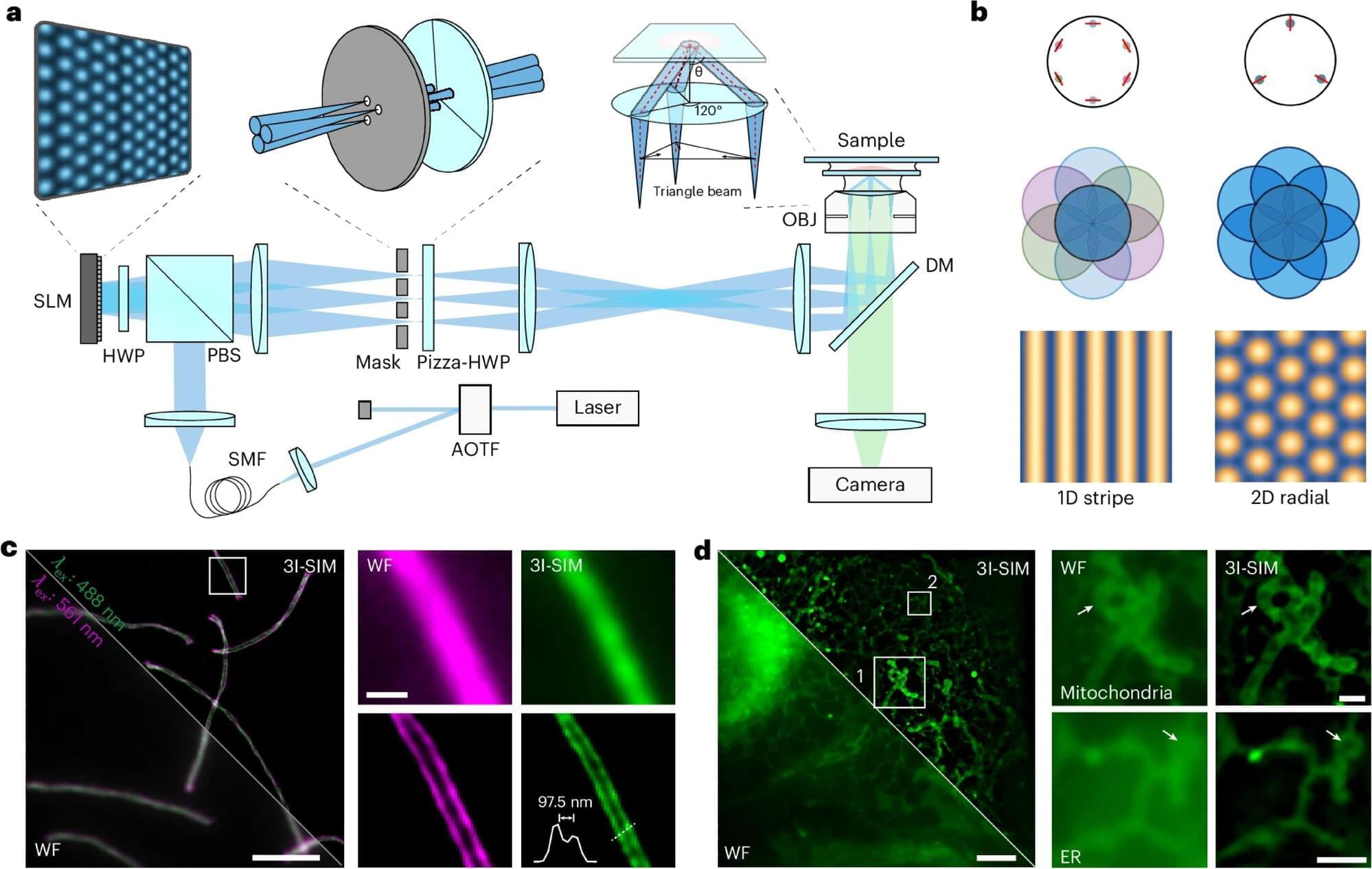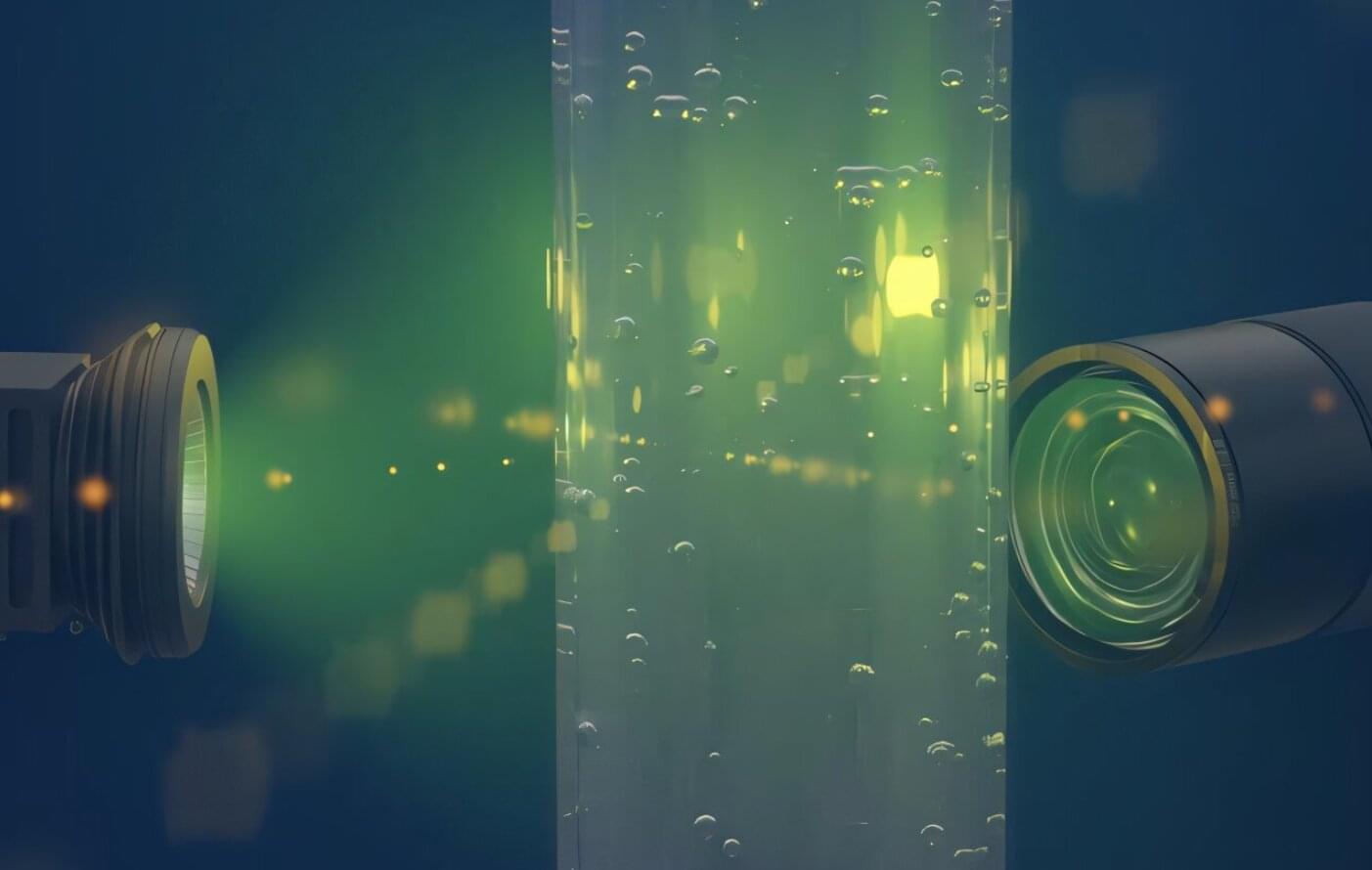Ukraine’s biggest-ever cruise missile carries 2,205-pound warhead, 1,860-mile range.
A Ukrainian defense manufacturer has unveiled the country’s newest long-range cruise missile, the “Flamingo,” which is reportedly entering serial production, according to photographs shared on social media by an Associated Press photographer, Efrem Lukatsky, on August 18.
The images, taken inside a facility operated by the defense company Fire Point, show the missile during assembly.
According to Lukatsky, the missile is intended to strike targets more than 3,000 kilometers (1,864 miles) away, extending Ukraine’s ability to hit strategic targets deep inside Russian-controlled territory.






